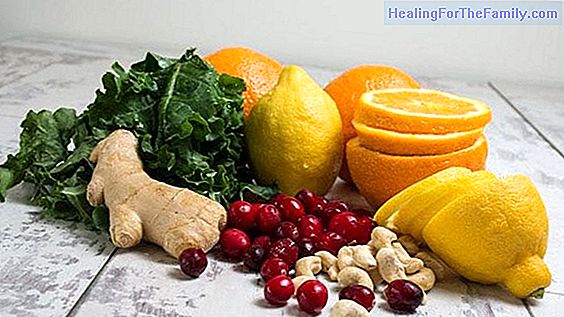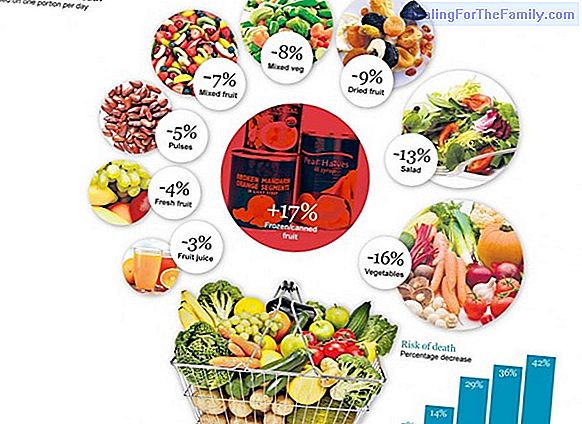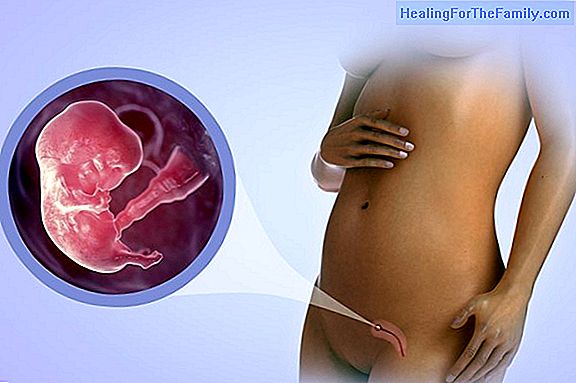How to choose the best protein for children
As parents, we always look for the best for our children in all possible aspects. Its correct feeding becomes, therefore, one of our priorities. It is widely spread the knowledge that the diet should contain vitamins and minerals, as well as macronutrients, proteins, fats and carbohydrates. We can f
As parents, we always look for the best for our children in all possible aspects. Its correct feeding becomes, therefore, one of our priorities.
It is widely spread the knowledge that the diet should contain vitamins and minerals, as well as macronutrients, proteins, fats and carbohydrates. We can find proteins in a multitude of foods, both of animal and vegetable origin, which ones should we choose for our children? What foods provide protein to children?
Tips for choosing the best protein for children

The biological value of proteins is as or more important than the amount of protein itself.This value is used to define the percentage of absorbed protein that is used by our organism, varying between 0 and 1, with 1 being the totally usable protein, and 0 being the one that is not used at all.
In general, proteins from foods of animal origin have a higher biological value than proteins of plant origin because their composition in amino acids is more similar to human body proteins, that is, they contain an amino acid profile similar to the proteins that organism needs. For example, the proteins in eggs have a biological value of about 0.9 - an absorption efficiency of 90% - while those of meat and fish can range between 0.75 and 0.8. The biological value of wheat protein is 0.6, that of chickpeas is 0.65, and that of lentils is even poorer, less than 0.45.
But, how to choose the best protein for children? When a varied diet is offered that includes foods of animal and vegetable origin (including an ovo-lacto-vegetarian diet), it is very likely that the protein being offered is of high biological value. However, if you opt for a vegan or strict vegetarian diet, the amount of limiting amino acids causes the protein to have a lower quality.
To obtain an amino acid contribution more similar to the body's proteins, combinaciones food combinations can be made . When two foods that contain proteins with different limiting amino acids are consumed in the same food, the amino acid of one protein can compensate for the deficiency of the other, giving rise to a protein of higher biological value.Legumes and cereals are the best known combination since they perfectly complement each other
. The legumes lack methionine, cystine and tryptophan, which are found in large quantities in cereals, while these in turn lack lysine, which is in the legumes.Other combinations that improve the biological value can be:
- Cereals, vegetables and nuts such as rice salad or pasta with nuts or pine nuts.
- Legumes and nuts / seeds, such as humus.
- Cereals and nuts / seeds, such as pasta with pesto.
Of course, they do not necessarily have to be eaten in the same dish, but they can also be eaten in two different dishes, such as a pasta dish with vegetables and some dessert nuts.












